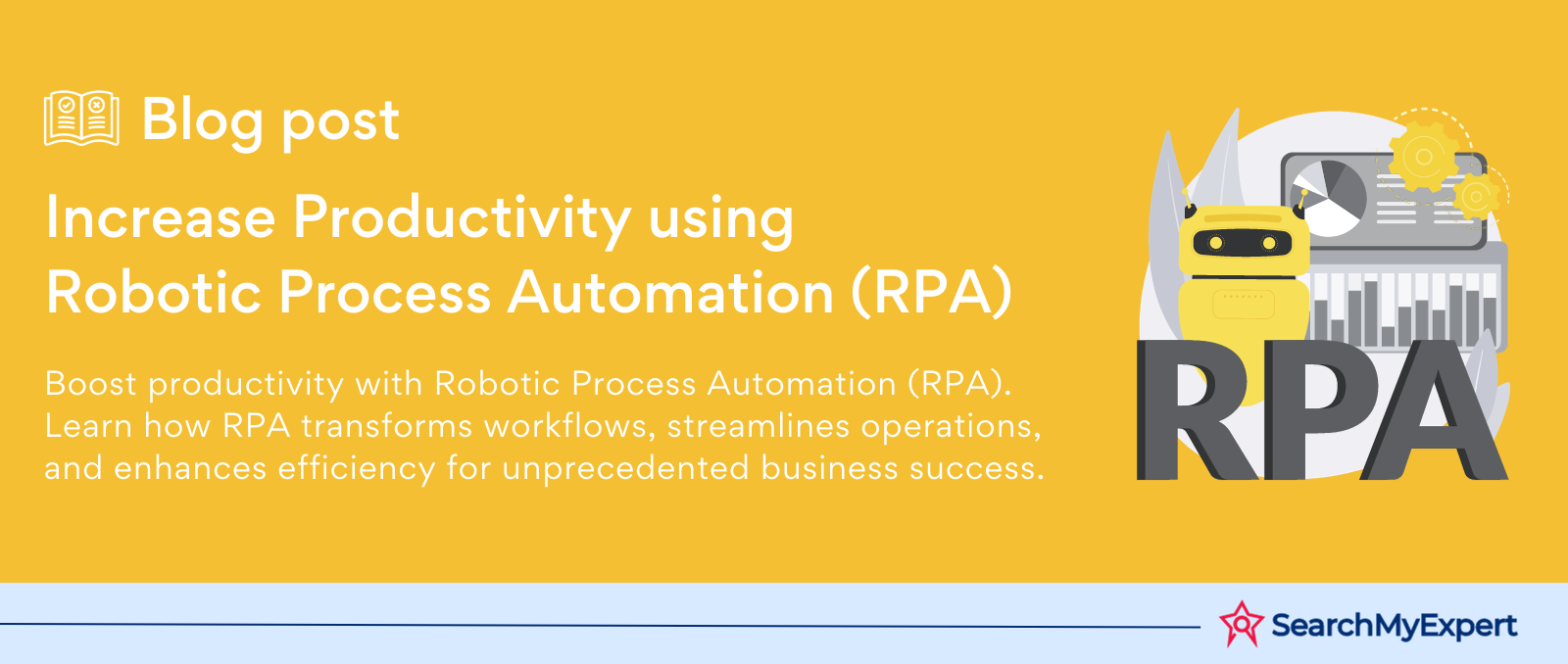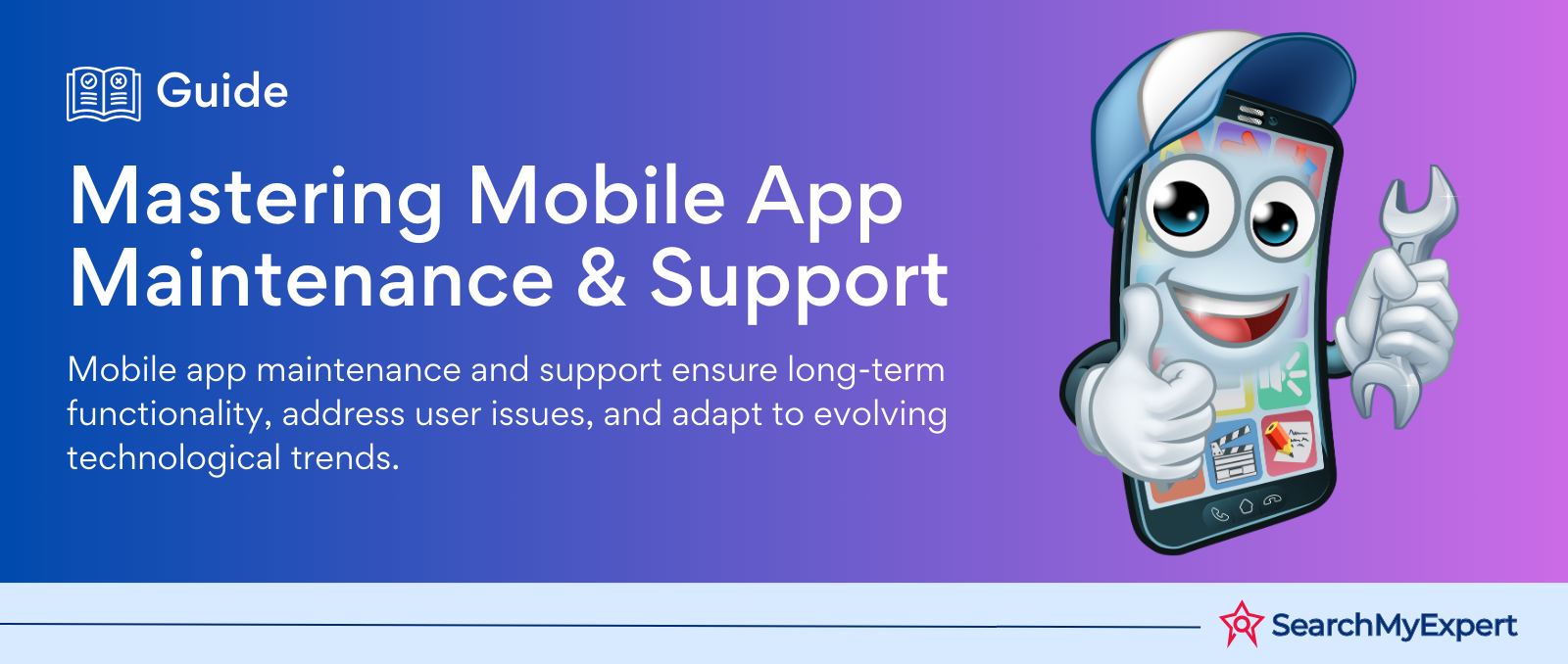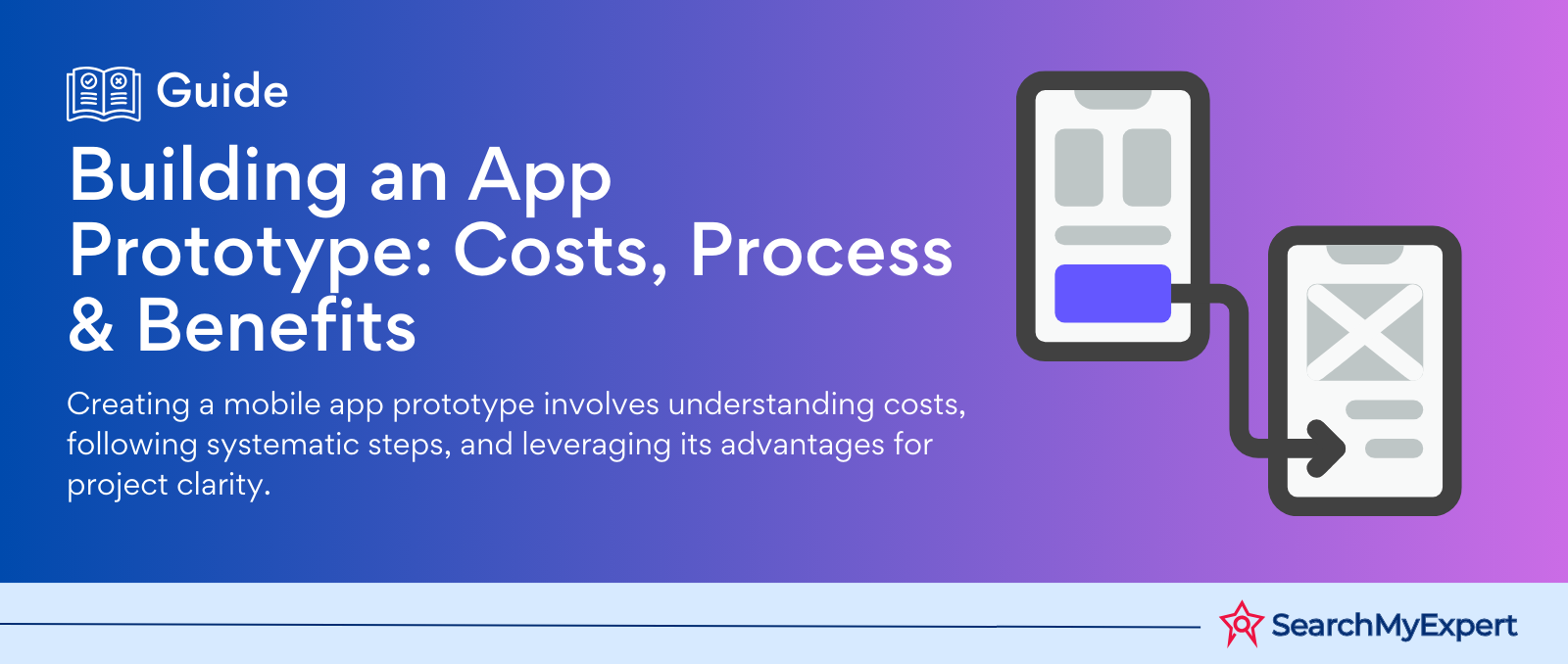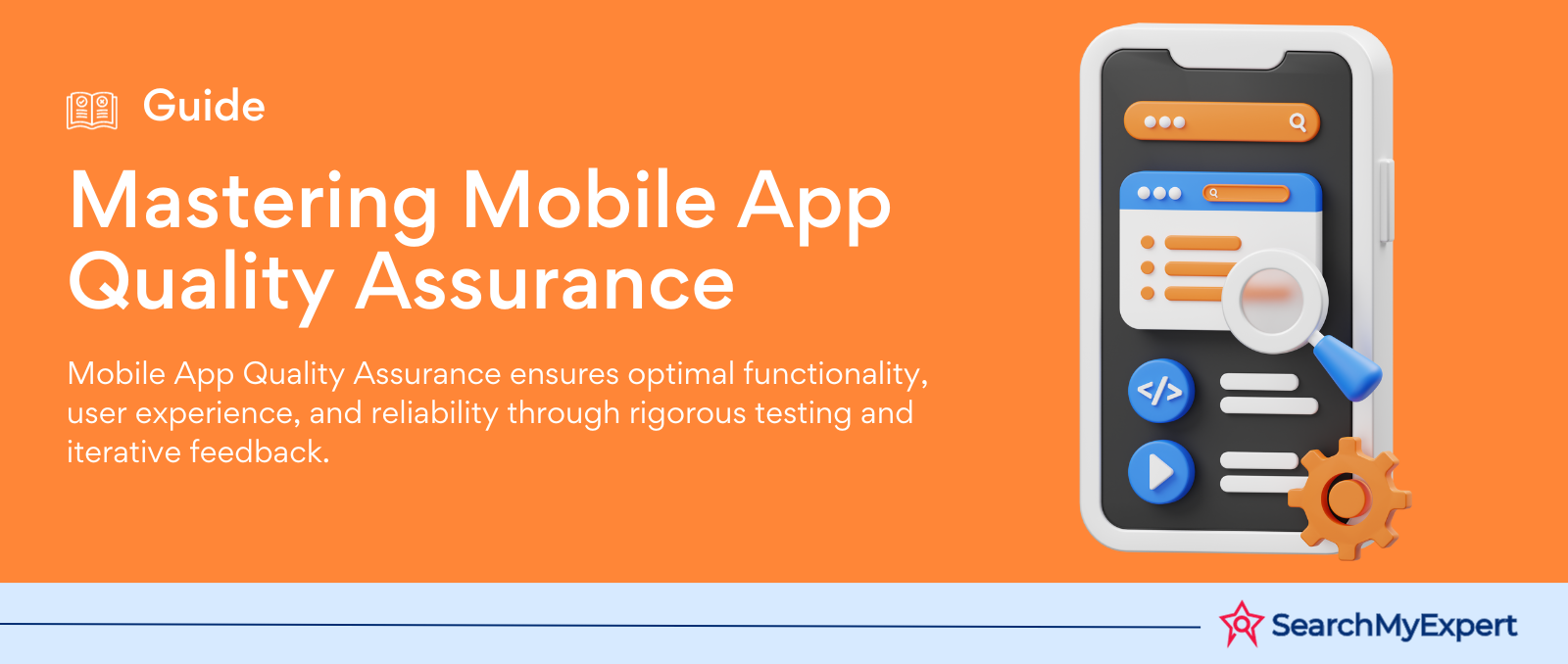Hey there, awesome visitor! 👋 Our website is currently undergoing some nifty upgrades to serve you even better. But don't worry, we'll be back before you can say "SearchMyExpert rocks!"

Enhancing Productivity with Robotic Process Automation
The Dawn of a New Era in Business Efficiency
In an age where technological innovation is not just an asset but a necessity, Robotic Process Automation (RPA) emerges as a beacon of efficiency and productivity. Imagine a workplace where tedious, repetitive tasks are no longer a burden on human shoulders. Picture a scenario where accuracy is not a pursuit but a guarantee. This is the world RPA promises - a world where robots and humans collaborate for unparalleled productivity.
The Challenge: Keeping Up with the Pace of Progress
In the relentless race of business, staying ahead is not just about speed; it's about smart work. Traditional methods of handling business processes are becoming increasingly inadequate in the face of evolving market demands. Companies are grappling with the challenges of maintaining efficiency, managing costs, and ensuring quality. The conventional approach of relying solely on human labor for repetitive tasks is a recipe for errors, delays, and burnout.
The Solution: RPA to the Rescue
RPA stands as a revolutionary solution to these challenges. It is a technology that allows businesses to automate routine tasks with the help of intelligent software 'robots'. These robots are capable of mimicking human actions, such as entering data, processing transactions, and even responding to customer queries. The beauty of RPA lies in its ability to integrate seamlessly into existing systems, requiring minimal changes to the current infrastructure.
The Impact: A Leap Towards Enhanced Productivity
By delegating mundane tasks to robots, RPA frees up human employees to focus on more creative and strategic work. This not only boosts morale but also drives innovation. Businesses can achieve higher accuracy and consistency in their operations, reducing the risk of errors and improving overall quality. The time and cost savings are substantial, leading to a more agile and competitive business model.
Understanding Repetitive Tasks: The RPA Imperative
The Monotony of Repetition: Defining Repetitive Tasks
In the realm of business processes, repetitive tasks are those routine, monotonous activities that require little to no cognitive effort. They are the cogs in the machinery of a company's day-to-day operations, crucial yet often underappreciated. Repetitive tasks can range from data entry, form filling, and report generation to more complex but structured tasks like inventory management and customer service responses.
Examples of Repetitive Tasks: Ripe for RPA Implementation
- Data Entry: Manually inputting data into systems from various sources.
- Form Filling: Completing forms with standardized information.
- Report Generation: Compiling data into structured reports.
- Inventory Management: Regularly updating stock levels.
- Customer Service Responses: Replying to standard customer queries.
The Toll on Morale and Productivity
The impact of repetitive tasks on employee morale cannot be overstated. Imagine spending hours every day on tasks that offer little in the way of mental stimulation or creative outlet. It's not just dull; it's draining. This drudgery can lead to decreased job satisfaction, reduced motivation, and even burnout. From a productivity standpoint, the inefficiency is glaring. Valuable human resources are tied up in work that, while necessary, offers little in terms of strategic value or business growth.
The Role of RPA: A Solution at Hand
RPA technology is uniquely suited to tackle these repetitive tasks. By automating these processes, businesses can free up their human workforce to focus on more engaging and value-added activities. This shift not only improves the overall morale of the team but also drives efficiency and innovation. The reduction in manual errors and the increase in processing speed are just the icing on the cake.
RPA and its Capabilities: A Game-Changer in Business Automation
The Mechanics of RPA: Bots at Work
Robotic Process Automation operates through the use of "bots" - software applications designed to mimic human interactions with digital systems. These bots are the cornerstone of RPA, enabling the automation of routine tasks across various business applications without the need for complex programming.
User-Friendly Technology: Minimal Coding Required
One of the most appealing aspects of RPA is its accessibility. Contrary to the complexities typically associated with IT solutions, RPA tools are designed for ease of use. With user-friendly interfaces and simple configuration options, RPA allows users to create and deploy bots with minimal coding or technical expertise. This democratizes the power of automation, making it accessible to a broader range of users within an organization.
Types of RPA Bots: Versatility in Automation
- Desktop Bots: These bots operate on individual workstations, automating tasks like data entry, file manipulation, and basic administrative functions.
- Web Bots: Specialized in automating web-based tasks, these bots can handle online data extraction, form submissions, and web-based reporting.
- Hybrid Bots: Combining the capabilities of both desktop and web bots, hybrid bots offer a versatile solution for more complex automation needs.
The Power of RPA Bots: Transforming Business Processes
The implementation of RPA bots within a business environment can lead to significant improvements in efficiency and accuracy. From reducing the time spent on repetitive tasks to minimizing human error, the benefits are manifold. Furthermore, the scalability of RPA allows businesses to adapt quickly to changing demands, making them more agile and responsive.
Benefits of Implementing RPA: A Multifaceted Advantage
Transforming Business with RPA: A Myriad of Benefits
Robotic Process Automation (RPA) is not just a tool; it's a game-changer in the business landscape. The implementation of RPA brings forth a spectrum of benefits, each contributing to a more efficient, accurate, and dynamic business environment.
Increased Productivity and Efficiency
The most immediate impact of RPA is the significant boost in productivity and efficiency. By automating repetitive tasks, businesses can accomplish more in less time. Tasks that once took hours can now be completed in minutes, with bots working tirelessly behind the scenes. This acceleration in processes translates into faster service delivery and a heightened ability to meet customer demands.
Reduced Errors and Improved Accuracy
One of the critical advantages of RPA is its precision. Bots, unlike humans, are not prone to fatigue or distraction. This means that the tasks they perform are free from the errors typically associated with manual processing. The accuracy of RPA ensures consistency in operations, enhancing the quality of work and reducing the need for rework.
Enhanced Employee Satisfaction
By taking over mundane tasks, RPA frees employees to focus on more meaningful and creative work. This shift not only improves job satisfaction but also fosters a culture of innovation. Employees can devote their time and talents to strategic thinking and problem-solving, adding more value to the business.
Cost Savings
The efficiency brought about by RPA leads to substantial cost savings. Reduced labor costs, less time spent on manual processes, and the minimization of errors all contribute to a healthier bottom line. Additionally, the scalability of RPA allows businesses to adapt their automation strategies without significant additional investment.
24/7 Operation
Bots do not need rest, making them ideal for continuous operation. This round-the-clock functionality ensures that processes keep running even outside of regular business hours, leading to faster turnaround times and increased output.
Identifying RPA Opportunities: A Practical Guide
Charting the Course for RPA Integration
Incorporating Robotic Process Automation (RPA) into your organization requires a strategic approach to identify the most beneficial opportunities. The key lies in recognizing tasks and processes that are ripe for automation.
Evaluating Tasks for RPA Suitability
To determine if a task is suitable for RPA, consider the following factors:
- Task Volume: High-frequency tasks are ideal candidates for RPA.
- Complexity: Tasks with a low to medium complexity level are more easily automated.
- Potential Benefit: Assess the impact of automation on efficiency, cost, and accuracy.
A Simplified Approach: The Decision Tree
The decision tree provided serves as a guide to navigate through the selection process. It helps in evaluating tasks based on their volume, complexity, and potential benefit, leading to one of three outcomes:
- Suitable for RPA: Tasks that meet criteria for volume, complexity, and benefit.
- Requires Further Analysis: Tasks that show potential but need a deeper assessment.
- Not Suitable for RPA: Tasks that are too complex or low in volume to justify automation.
Checklist for RPA Opportunity Assessment
- Evaluate the frequency of the task.
- Assess the complexity level of the task.
- Determine the potential impact on efficiency and cost.
- Consider the accuracy improvements through automation.
- Analyze the scalability of the process.
By following this guide and utilizing the decision tree, organizations can effectively identify processes that are ideal for RPA implementation. This strategic approach ensures that the transition to automation is both smooth and beneficial.
Implementing and Managing RPA: A Strategic Blueprint
Navigating the Journey of RPA Implementation
The successful implementation of Robotic Process Automation (RPA) in an organization is a multi-step process, with each stage crucial to the overall effectiveness of the automation strategy.
Choosing the Right RPA Tool
- Factors to Consider: Budget, technical requirements, ease of use.
- Goal: Select a tool that aligns with your business objectives and technical landscape.
Developing RPA Bots
- Define Workflows: Identify and map out the processes to be automated.
- Configure Bots: Program the bots to perform specific tasks.
- Test Functionality: Ensure the bots operate as intended and make refinements as needed.
Integrating with Existing Systems
- Seamless Interaction: Ensure the bots can interact effectively with current software and databases.
- Data Flow Management: Establish protocols for data exchange and storage.
Monitoring and Maintaining Bots
- Track Performance: Regularly review how the bots are performing against key metrics.
- Identify Issues: Be proactive in identifying and resolving issues.
- Adjustments: Make necessary updates and improvements to maintain efficiency and effectiveness.
Ensuring a Successful RPA Transition
The journey of implementing RPA is as important as the destination. By carefully navigating these steps, organizations can effectively integrate RPA into their processes, reaping the benefits of automation while minimizing disruptions. This structured approach ensures a smooth transition and sets the stage for long-term operational success.
The Future of RPA and Beyond: Embracing the Next Wave of Automation
Envisioning the Transformative Impact of RPA
As we stand at the brink of a new era in automation, the potential of Robotic Process Automation (RPA) to revolutionize various industries is undeniable. RPA's growing adoption signals a shift towards more efficient, agile, and intelligent business processes.
Emerging Trends: AI Integration and Cognitive Automation
- AI Integration: The fusion of RPA with Artificial Intelligence (AI) is paving the way for more sophisticated automation solutions. This integration enhances the capabilities of RPA bots, enabling them to handle complex tasks that require decision-making and learning.
- Cognitive Automation: The next frontier in RPA is cognitive automation, where bots can understand and interpret human language, process unstructured data, and even make judgments based on context. This evolution will expand the applicability of RPA to new domains, such as customer service and data analysis.
A Call to Action: Exploring RPA's Potential
The journey of RPA is just beginning. Its integration with emerging technologies like AI and machine learning is creating new possibilities for innovation and efficiency. Organizations across various sectors - healthcare, finance, manufacturing, and more - stand to benefit from embracing RPA. The promise is not just in automating tasks but in unlocking new levels of productivity, accuracy, and strategic insights.
Conclusion
The future of RPA is a canvas of limitless potential. Businesses that are quick to adapt and innovate with RPA will lead the charge into a new age of automation, redefining the way we think about work, efficiency, and growth.
Robotic Process Automation (RPA) marks a pivotal shift in business operations, offering a blend of efficiency, accuracy, and innovation. By automating routine tasks, RPA not only boosts productivity but also empowers employees to engage in more meaningful work. As we look to the future, the integration of AI with RPA promises even greater possibilities, transforming industries and redefining efficiency. Embracing RPA is not just adopting a technology; it's about stepping into a future where businesses operate smarter, faster, and more creatively.
Revolutionize your workflow with top Robotic Process Automation Service Companies.
Other Related Blogs


Mastering Docker for App Development: A Comprehensive Guide to Benefits, Use-Cases, and Alternatives

STAY UP TO DATE
GET PATH'S LATEST
Receive bi-weekly updates from the SME, and get a heads up on upcoming events.
Contact Us
We will get back to you as soon as possible.
Please try again later.


Find The Right Agencies
SearchMyExpert is a B2B Marketplace for finding agencies. We help you to describe your needs, meet verified agencies, and hire the best one.
Get In Touch
WZ-113, 1st Floor, Opp. Metro Pillar No- 483, Subhash Nagar - New Delhi 110018
About Us
For Agencies
Benefits Of Listing With Us
Submit An Agency
Agency Selection Criteria
Sponsorship
For Businesses
Agencies Categories
Trends Articles
FAQs
Find The Right Agencies
SearchMyExpert is a B2B Marketplace for finding agencies. We help you to describe your needs, meet verified agencies, and hire the best one.
About Us
For Agencies
List Your Agency
Benefits Of Listing
Agency Selection Criteria
Sponsorship
Get In Touch
WZ-113, 1st Floor, Opp. Metro Pillar No- 483, Subhash Nagar - New Delhi 110018
contact@searchmyexpert.com
Copyright © 2023 · Skillpod Private Limited · All Rights Reserved - Terms of Use - Privacy Policy







